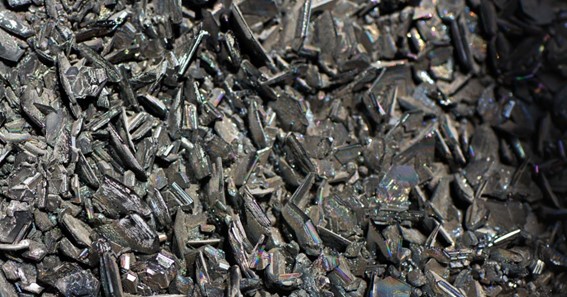Carbide scrap is an important resource in many industries, from manufacturing to jewelry making. It’s a popular choice due to its hardness and strength, as well as its low cost.
In this blog post, We’ll look at the types of carbide scrap, their uses, and how to identify them.
1. Tungsten Carbide Scrap
Tungsten carbide is a hard, heat-resistant metal composed of tungsten and carbon atoms. It is often used in cutting tools and wear-resistant components such as bearings and drill bits. Tungsten carbide can be recycled to create new products, making it a valuable commodity.
Turnings, borings, and solid chunks of tungsten carbide are all examples of tungsten carbide scrap. Before they can be used in new products, they must first go through the recycling process and become powder. The powder can then be melted and added to product offerings or used to create new ones.
Recycling used tungsten carbide is a critical step in reducing the environmental effect of production and new product development. Recycling pre-existing resources not only helps to reduce landfill trash but also lowers the cost of making new products.
2. Swarf Carbide Scrap
This type of carbide scrap is composed of very fine shavings or filings. It is produced when cutting, drilling, or grinding materials with a tungsten carbide tool. Swarf typically contains a combination of tungsten and cobalt, which is why it is so valuable to recycling companies.
The swarf will be made up of both tungsten and cobalt particles that are only a few microns in size, making them extremely difficult to separate. This makes the swarf one of the most difficult types of scrap to recycle, and one of the most expensive.
However, recycling companies will still pay top dollar for this type of scrap as it can still be recycled and reused in various applications. Swarf should be collected in an airtight container to prevent it from becoming contaminated with other metals, as this could reduce its value significantly.
3. Spent Grinding Wheels
Another common type of carbide scrap is the spent grinding wheels. They are also one of the most valuable. These are the wheels that have been used on grinding machines to finish workpieces. They are usually made from a combination of tungsten carbide and cobalt and can contain high amounts of these materials, making them extremely valuable for recycling.
The recycling of spent grinding wheels allows for the recovery of valuable materials, such as tungsten carbide and cobalt. This helps to reduce the amount of waste that is created during manufacturing processes.
Click here – Zsound Speakers: Everything You Need to Know About the Brand
4. Cemented Carbides
Cemented carbides are a type of scrap material created from mixing tungsten carbide particles with cobalt or other binder metals. This type of material is often used to create cutting tools, such as saw blades, milling cutters, and drill bits. Cemented carbide is highly wear-resistant and can hold its shape in extreme temperatures.
New parts like injection molding die, drawing die, and extrusion die is regularly made from this type of scrap. Cutting tools and other specialized components can also be produced using it. Additionally, some recycling plants will combine cemented carbides with different materials to produce a new composite material with better qualities than the original components.
Conclusion
Carbide scrap is a valuable resource for many businesses, offering an affordable way to recycle materials and reducing the need for purchasing new products. There are various types of carbide scrap available on the market, including tungsten carbide, swarf carbide, spent grinding wheels, and cemented carbide. Each type has its own unique characteristics and uses, making it important to choose the right one for your needs.
With the proper handling and management, carbide scrap can provide you with a cost-effective way to reduce your environmental impact and increase your bottom line.
